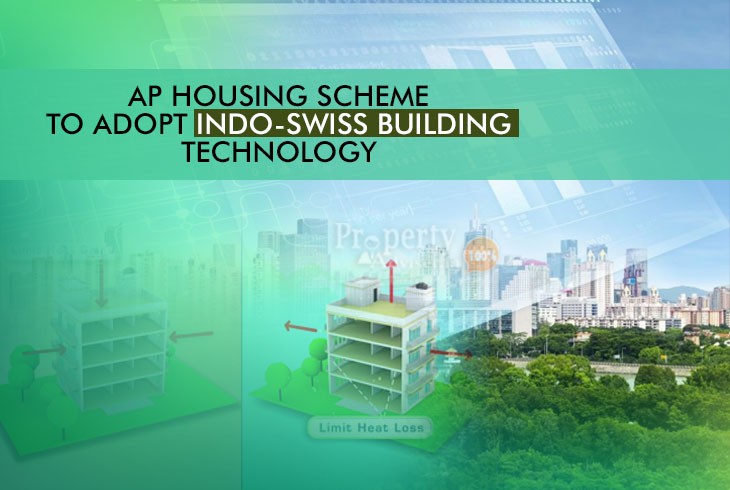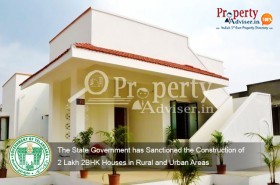The Bureau of Energy Efficiency (BEE) has suggested the 'Indo-Swiss Energy Efficient Building Technology' for the housing scheme of Andhra Pradesh - Pedalandariki Illuu (housing for poor).
The (BEE Building Energy Efficiency Project) will also provide the engineers and other staff working on the large housing initiative with training on this relatively new technology.
State to Utilise New Technology in Housing Projects
On 25 December, the state government will initiate a housing scheme for the construction of approximately 28.3 lakh houses in two phases. Around 15 lakh housing units, including 5.3 lakh housing units within the limits of different urban local authorities, will be protected by the first phase of development.
According to officials, the Indo-Swiss EE technology may also reduce the temperature inside the buildings by around 2-4 degrees and save about 20% of electricity. Speaking at a webinar organised by the BEE in connection with the AP State Energy Conservation Mission (APSECM) with AP's energy and housing departments on the occasion of the National Energy Conservation Week, BEE Director Saurab Diddi provided technical support for the implementation of energy efficiency in housing projects under the Indo-Swiss BEEP.
Housing Secretary Ajay Jain said a unique dwelling plan, consisting of one bedroom, living room, kitchen, bath-cum-toilet, and veranda, was approved by the state government. The government has planned to integrate houses with energy-efficient and thermally comfortable designs. The Indo-Swiss agency has already approached the AP government to negotiate the project with the help of BEE. Innovative Indo-Swiss energy-efficient and thermally comfortable (EETC) building technology designs will be included in the houses under this scheme.
In this housing project, energy-efficient design techniques will be applied, thus complying with the BEEP Eco-Niwas Samhita 2018 (ECBC-Residential) code. The ECBE-R ensures sufficient natural ventilation, decreases energy usage by at least 20%, increases thermal comfort (cooling), provides daylight and provides a healthy and healthier building environment.
By: Shailaja K













